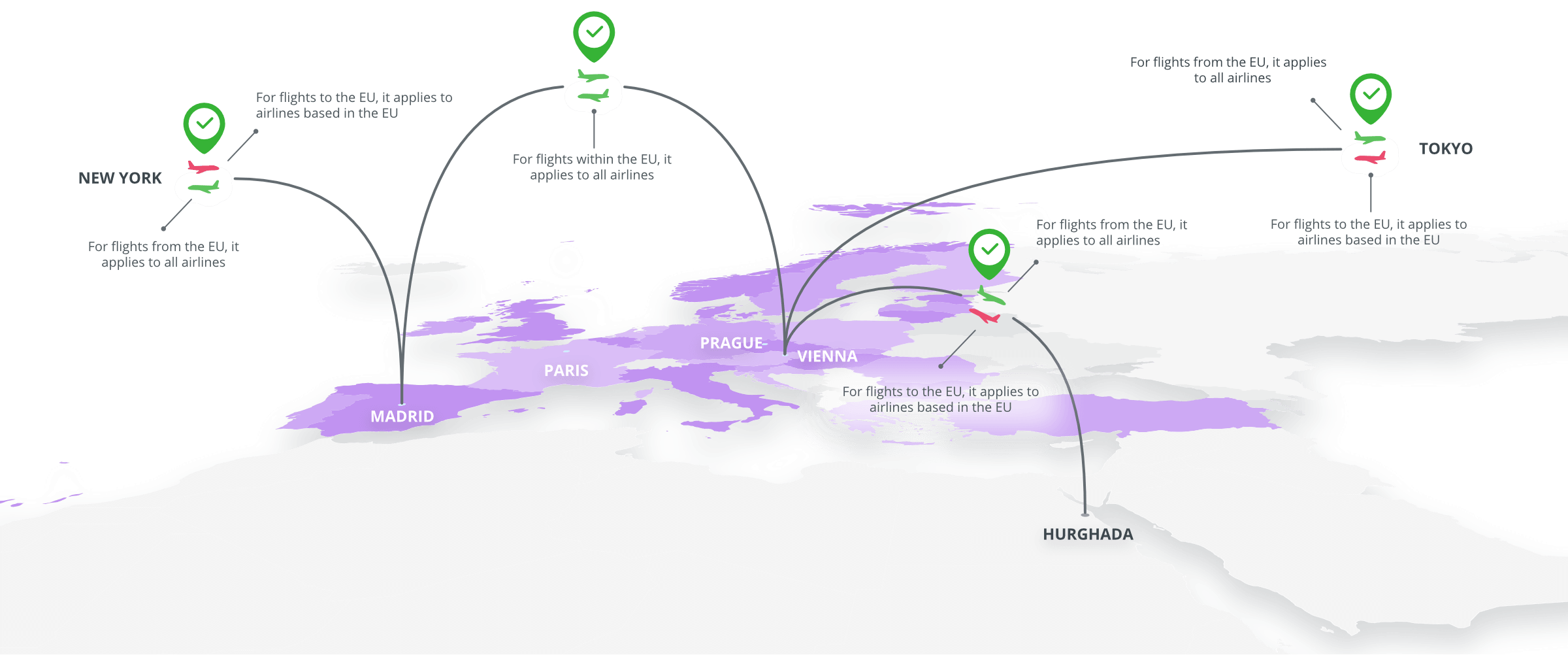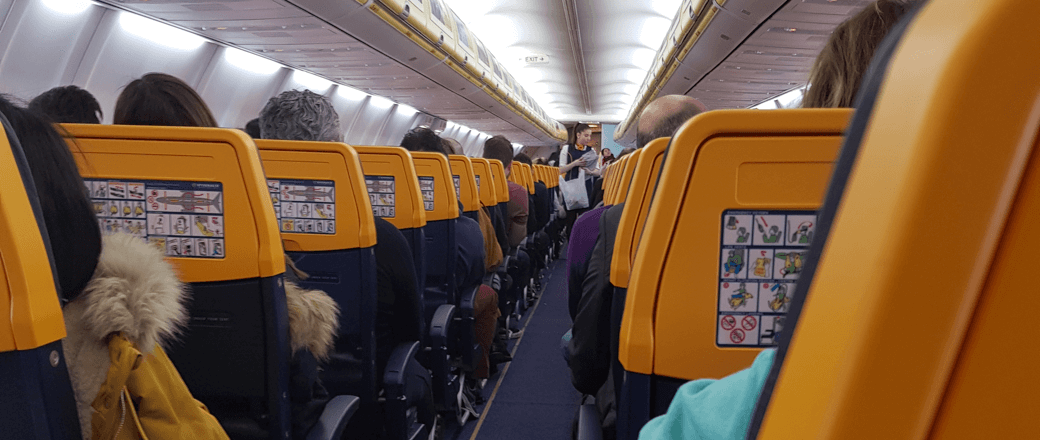A common practice among airlines is to sell more tickets than there are actual seats in the aircraft. Another possible cause of having a larger number of passengers than are spots in the aircraft includes, for example, the merging of two flights into one, given the cancellation of the other flight within the same airline. There are a multitude of reasons. The result, however, is a situation in which there are more paying customers on a given flight than there are seats in the aircraft. In this case the airline can deny boarding to any number of passengers.
For flights subject to EU Regulation (EC) No. 261/2004 this approach entitles the passenger to compensation. For all other flights it depends on whether the given air carrier has this option for compensation in their terms and conditions, or if it is required by the legislation of the country of the airline’s registered office. For example, in the territory of the USA this is governed by US federal law and all airlines with registered offices in the territory of the USA have the obligation to compensate passengers for refused boarding.
Delays (at the target destination following prebooking and/or rerouting)
| Distance | Less than 2h | From 2h to 3h | From 3h to 4h | More than 4h or no flight took place at all |
|
| Less than 1500km | 0€ | 0€ | 250€ | 250€ | |
|
Refused boarding |
From 1500 km to 3500km | 0€ | 0€ | 400€ | 400€ |
| More than 3500km | 0€ | 0€ | 300€ | 600€ | |
As with all other requests for compensation, with denied boarding it is necessary to meet the initial conditions for claiming compensation. The basic question is whether this consists of a flight falling under EU Regulation (EC) 261/2004 or other options for obtaining compensation. The next step is to define the maximum amount of compensation based on initial distance and final destination It is also necessary to meet the formal requirements for obtaining compensation:
- The passenger has a confirmed reservation for the given flight
- The passenger reaches the counter on time – that is, either at the time specified by the air carrier or no longer than 45 minutes prior to the planned time of departure, if the time is not specified by the air carrier in advance



